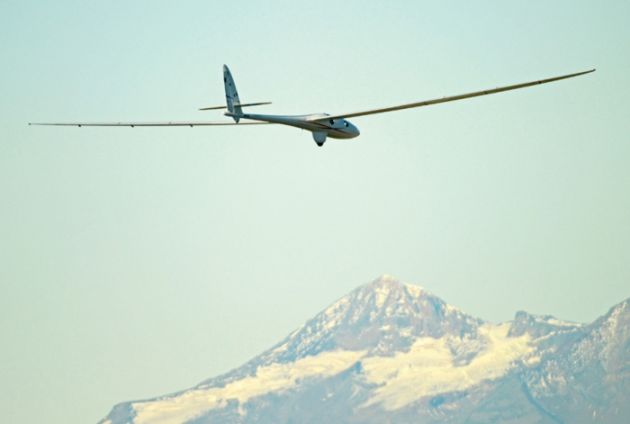Airbus Perlan 2 set to fly at the edge of Earth's stratosphere for second test flight in June

After a stable first test flight last September, sailplane Airbus Perlan 2 glider is slated for a second test flight this June in Argentina to attempt an optimal cruising altitude of 90,000 feet.
Airbus Perlan 2 is set to fly at the edge of the Earth's atmosphere for its second test flight. If proven to be successful, it will greatly contribute to the development of commercial hypersonic aircraft and even to the future aviation on Mars, Forbes reports.
Airbus Group Inc.—the title sponsor of the said project—Chairman and CEO Allan McArtor told Forbes that the test in June, if it goes as planned, will be the highest altitude that a powered or otherwise winged vehicle has gone in sustained level flight.
This project, McArtor emphasized, could contribute to NASA and other space agencies' "situ" flight data of an atmosphere similar to Mars'.
"Airbus recently filed a patent for hypersonic passenger aircraft that will go to suborbital space and back down again," McArtor added.
According to DailyMail UK, the Perlan Project aims to "open up a world of new discoveries related to high-altitude flight, climate change and space exploration."
The Perlan 2 is an engineless sailplane designed to glide on air currents that can reach into the stratosphere. Its flight speed at that altitude could reach to more than 400mph in an air density of less than two per cent of that of the sea level.
It will carry a two-person crew who will be able to breathe pure oxygen via a rebreather system. The airbus will also be equipped with scientific instruments to explore and study climate change and the upper atmosphere.
The Perlan Project began in 1992 by Einar Enevoldson as a scientific research for aeronautical and atmospheric exploration with the use of sailplanes. The first Perlan mission, which uses the Perlan I set an altitude record of 50,972 feet.